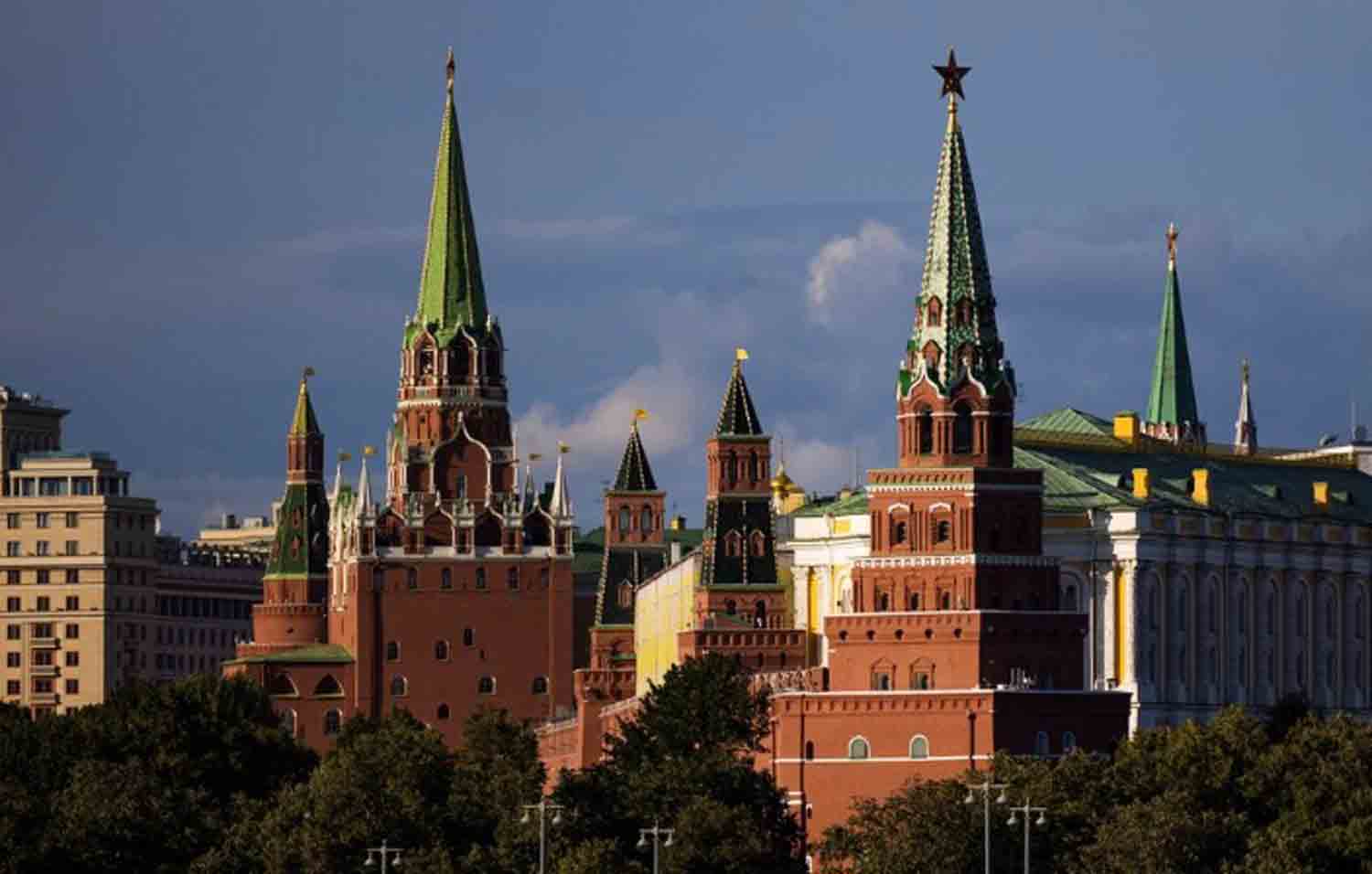Russian forces are gradually tightening their grip on the eastern Ukrainian city of Pokrovsk, a vital logistical center whose primary supply routes are increasingly jeopardized nearly three years after Moscow’s invasion. While Ukraine continues to mount a determined defense of the city, its potential encirclement or capture could significantly enhance Russia’s ability to launch attacks in multiple directions in the east, thereby intensifying pressure on Kyiv at a pivotal moment in the conflict.
Conditions within Pokrovsk are dire. The regional governor reports that only 7,000 residents remain from a pre-war population of 60,000. The last post office has recently shut down, with mail now being delivered via armored truck. Russian troops are positioned on either side of the city, within artillery and drone range of a critical highway that stretches across Ukraine from east to west, forcing most vehicles to take longer, safer routes into Pokrovsk.
In recent days, Moscow’s forces have advanced to the main rail line leading into the city from Dnipro, eastern Ukraine’s key logistical hub. “The situation is generally difficult; the enemy is constantly launching foot assaults,” stated the deputy commander of Ukraine’s 59th assault brigade, who requested to be identified by his military call sign, Phoenix, for security reasons.
The officer noted that the enemy possesses a significantly larger infantry force, attacking in small groups willing to sustain heavy casualties while skillfully using the terrain and low-visibility weather to evade detection by drones. “They are advancing day and night,” Phoenix informed Reuters.
Pokrovsk’s road and rail infrastructure has established it as a crucial supply hub for a significant portion of Ukraine’s frontline. However, the recent escalation of threats from Russian artillery and drones has constrained its operational capacity.
Michael Kofman, a senior fellow at the Carnegie Endowment for International Peace in Washington, noted that the strategic transit routes through Pokrovsk would allow Russian forces to utilize the area as a launch point for advances to the north or west if it were to fall. “This positions Russian forces for a possible incursion into the Dnipropetrovsk region… further back from the frontlines, they are engaged in the construction and repair of rail lines.” He added, “This would facilitate the movement of their logistics, enabling a deeper push westward.”
The Dnipropetrovsk region is a vast area, with its eastern edge adjacent to Pokrovsk, and Russian troops are currently positioned approximately 5 km (3 miles) from its border. Notably, this region is not among the four Ukrainian territories claimed by Russia.
With U.S. President Donald Trump urging both parties to negotiate a peace agreement, Moscow’s control over part of this region could enhance its leverage in future discussions.
SHIFT IN STRATEGY
Viktor Trehubov, a spokesperson for the Ukrainian military, indicated that Russian forces are now attempting to circumvent and encircle Pokrovsk from the west. He remarked that this strategy marks a departure from their previous tactics of launching costly frontal assaults and engaging in street combat in major urban centers. “It appears that, for the first time, they may be trying to conserve their manpower,” he stated.
Analysts indicated that if Russia were to seize the city, it would have two primary strategies for advancing along the Pokrovsk front. The first option involves moving westward into the sparsely populated plains of the Dnipropetrovsk region, which are minimally fortified and present few natural or urban barriers for Kyiv to utilize in its defense. The second option entails advancing north into a more densely populated area of industrial towns, which would pose greater challenges but allow Moscow to exert pressure on Kramatorsk and Sloviansk, the two largest Ukrainian-controlled cities remaining in the eastern Donetsk region.
On Sunday, President Volodymyr Zelenskiy appointed Mykhailo Drapatyi, the chief of land forces, to lead the strategic command overseeing a significant portion of the frontline, including Pokrovsk. Rob Lee, a senior fellow at the U.S.-based Foreign Policy Research Institute, noted that Drapatyi is a highly regarded commander, and his leadership could enhance command, control, and coordination among frontline units, which has been a persistent issue for Ukraine over the past year.
Military spokesman Trehubov reported that Russia’s operations on the Pokrovsk front are primarily executed by small infantry groups that utilize villages and tree lines for cover. Phoenix, the deputy brigade commander, mentioned that the Russians have recently adopted a new tactic of deploying three- or four-man infantry squads deep into enemy territory to ambush Ukrainian forces and vehicles using anti-tank mines. However, he observed that the overall intensity of these assaults has slightly decreased over the past month, with Russia employing less artillery than it did six months ago.
Pasi Paroinen, an analyst with the Finland-based Black Bird Group, pointed out that Ukraine has struggled to repel Russia’s small infantry attacks due to a lack of sufficient manpower to adequately secure the front lines. Kyiv has been grappling with ongoing recruitment and mobilization challenges, and there has been an increase in desertions from a fatigued and diminished force over the past year.
Discover more from Defence Talks | Defense News Hub, Military Updates, Security Insights
Subscribe to get the latest posts sent to your email.





